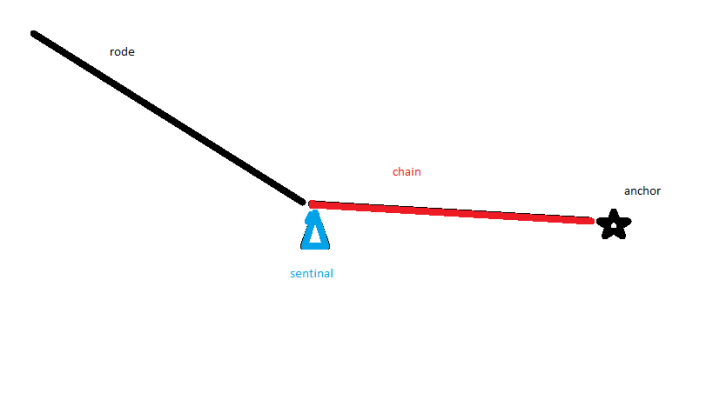and a very handsome boat at that!
I disagree. Having more chain is far superior. LOTS more chain. If my chain locker could hold it, I would have 300' of 5/16" there.
It is not the scope that 'makes' an anchor dig in. It is the catenary. The lower the angle the quicker and more substantially the anchor sets, and resets upon breakout. Rope needs WAY more length because it pulls so taut. Chain keeps more catenary in the equation.
I was towing the "Evilina M Goulart" a 90' old Grand Banks fishing schooner to her final resting place years ago. When we arrived at the inlet of the Essex River about 6 hours early, I decided to put down a hook and wait for daylight. (it was the tugs 'lunch hook'.) Mind you, this is a 60' tug, with the 90' schooner along side. I dropped a 55 lb danforth over the side. with 50' of chain. and a 100' piece of line. The schooner Captain looked at me incredulously and said: "You don't seriously think that little anchor will hold us do you?"
Yup. It held. .


